Humane Alternatives to Chick-Hatching Projects in Schools
The best candidate to raise a baby animal is the animal’s mother, not children. Fortunately, there are some great humane classroom alternatives for teaching the life cycle of a chicken. Chicks and ducklings used in school projects are often harmed before they even hatch, and they can die inside the shell or end up with terrible deformities. The ones who survive are typically sent back to the provider and are likely killed to prevent potential disease transmission to the companies’ flocks. Chick-hatching experiments that use live chicks in the classroom are not only cruel but also unnecessary.
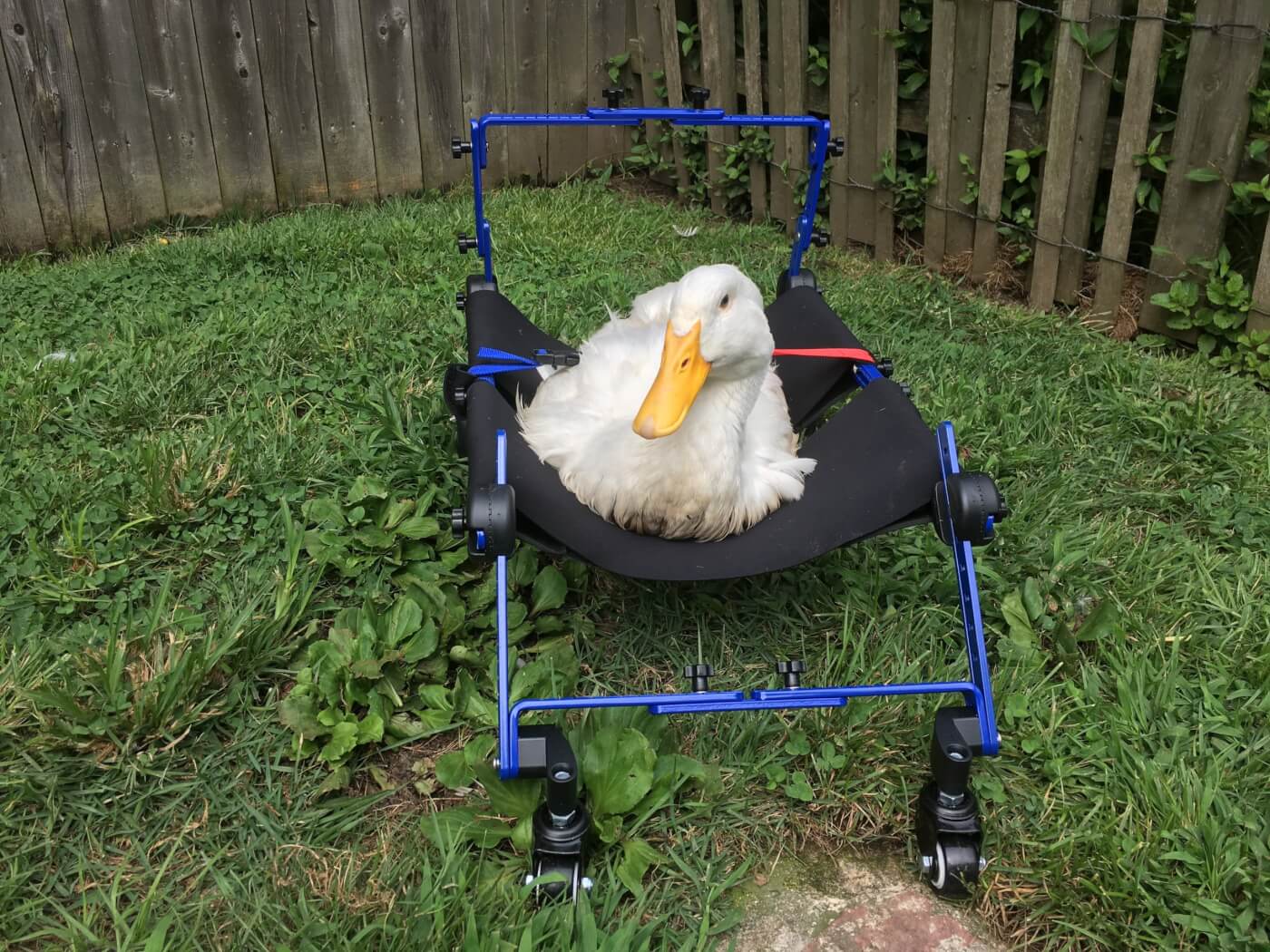
Learning about the life cycle of a chicken shouldn’t be done at the expense of birds’ health and well-being. Set a positive example for your students and for other educators by leaving animals out of your classroom. Respect the individuals who are being discussed in your life cycle lesson by using the following humane educational resources instead.
Try these humane alternatives below to teach about the life cycle of a chicken:
MOTHER HEN’S NEST
This project meets the following Next Generation Science Standards (NGSS):
- K-LS1-1 Use observations to describe patterns of what plants and animals (including humans) need to survive.
- 1-LS1-2 Read texts and use media to determine patterns in the behavior of parents and offspring that help offspring survive.
Making a “mother hen’s nest” is a dynamic and humane way for students to have a hands-on experience learning about the life cycle of a chicken without harming a living, feeling being. Find a cozy and quiet spot (if possible) in your room to set up your “nest.” This would essentially resemble the safe space chosen by a mother hen to house her babies. Use the following materials:
- A stuffed toy hen
- A basket
- Some straw (or shredded paper)
- Learning Resources Chick Life Cycle Exploration Set (or your own plastic Easter eggs filled with a printed image of each stage of development)
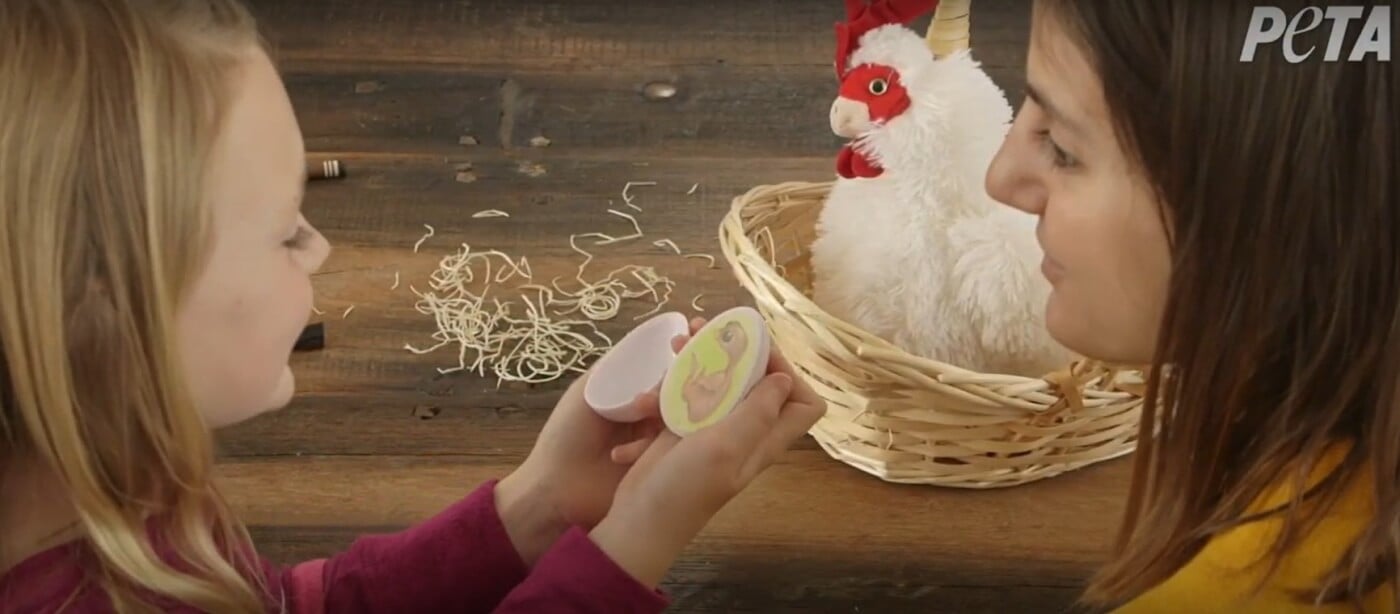
Fill your basket with straw, place the stuffed toy hen on top, and then over 21 days, select one student each day to retrieve an egg from beneath the “mother hen” and replace it with the appropriate egg. If you’re using plastic eggs that you’ve purchased on your own, print out small images of each stage of the chick’s development and put them in your plastic eggs. Have a student open the assigned egg for that day and show the image to their peers. For virtual learning, ask the students what number between 1 and 21 they’re on. Throughout this time period, use the slide show below to teach students about the development of the chick’s body. This setup in your classroom will also reinforce to students that this development should take place while the chick is with the mother hen. You’ll be able to see the excitement in your students when they understand the bond between mother hen and chick.
Use the following slide show presentation to provide students with detailed information about the life cycle of a chicken and the subtle changes that take place in the developing embryo each day. It can be used to supplement this nest activity or to replace it if you don’t have access to the needed materials. It can also provide virtual learners with detailed images and information about the life cycle of a chicken of a chicken. Slides 1 through 4 are just for teachers.
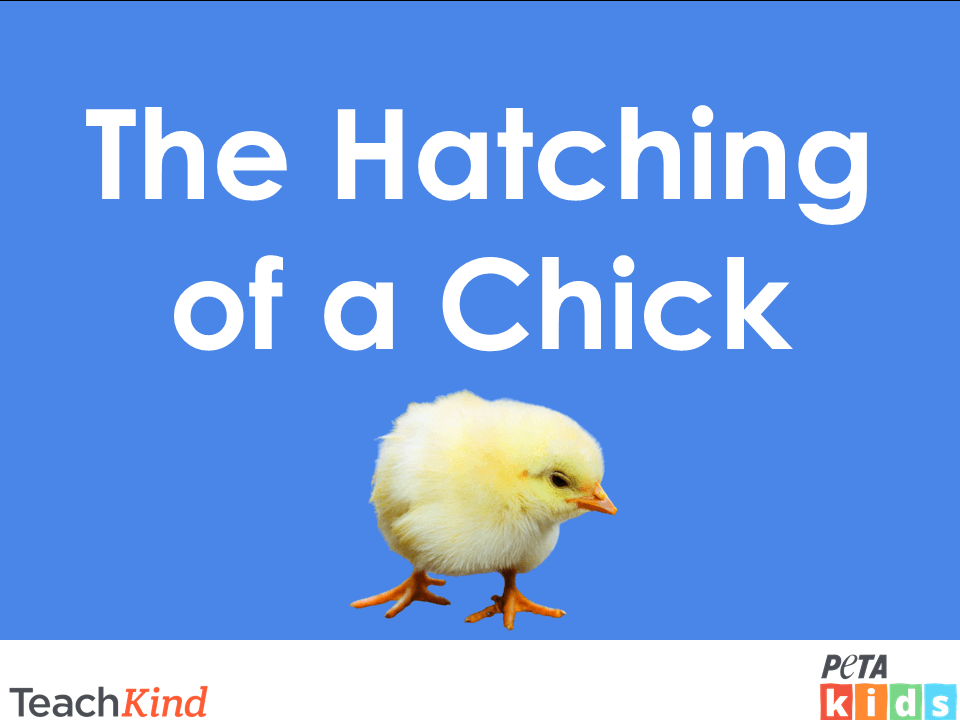
Click here for the slide presentation!
Have your students draw an image for each of the 21 days of the chick’s development. They can also record notable changes in the chick’s physical characteristics, such as the emergence of feathers and the development of the beak, in a few words or a couple of sentences, depending on their ability.
Key Vocabulary
- Domesticated animals—Animals who rely on humans to meet their needs
- Needs—Things that animals must have so they can live and be healthy, including food, water, shelter, the opportunity to move around and interact with others, and sometimes veterinary care
- Wants—Things that make animals happy, including their favorite foods and activities
- Sanctuary—A place that provides animals with safe, comfortable living conditions
- Hen—A female chicken
- Rooster—A male chicken
- Chick—A baby chicken
- Embryo—An unhatched chicken
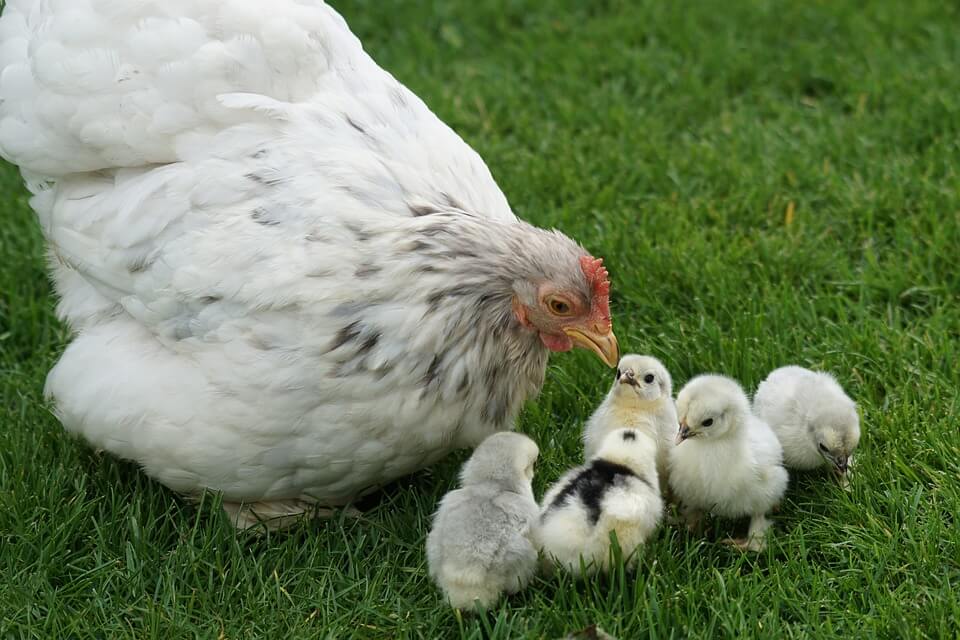
‘MEET’ REAL CHICKENS
Although it might not be possible for you and your students to visit a farm sanctuary in person, you can still “meet” real chickens (and other animals) thanks to technology. Virtual field trips can provide educational enrichment while being both engaging and empathy-building. Both Farm Sanctuary and Catskill Animal Sanctuary offer virtual tours on which students can be introduced to chickens who were rescued from abusive situations and now get to live in peace. Pasado’s Safe Haven and Indraloka Animal Sanctuary both have educational programs geared toward many different age groups. Each animal has a unique story, and it’s not uncommon for chickens at sanctuaries to have been rescued after being used in classroom projects about the life cycle of a chicken. Remind your students that by speaking up and choosing not to participate in these projects, they can help spare chickens suffering and abuse.
Check out our collection of online live-animal cams that allow students to observe animals in their natural habitats without disturbing them.
You can also share stories about chickens rescued from abusive situations. Lucky, for example, was on her way to the slaughterhouse when fate intervened. Use this video discussion activity (for grades K–2), which is an age-appropriate version of her rescue story (for grades 6–8), to encourage your students to take action to help end animal suffering.
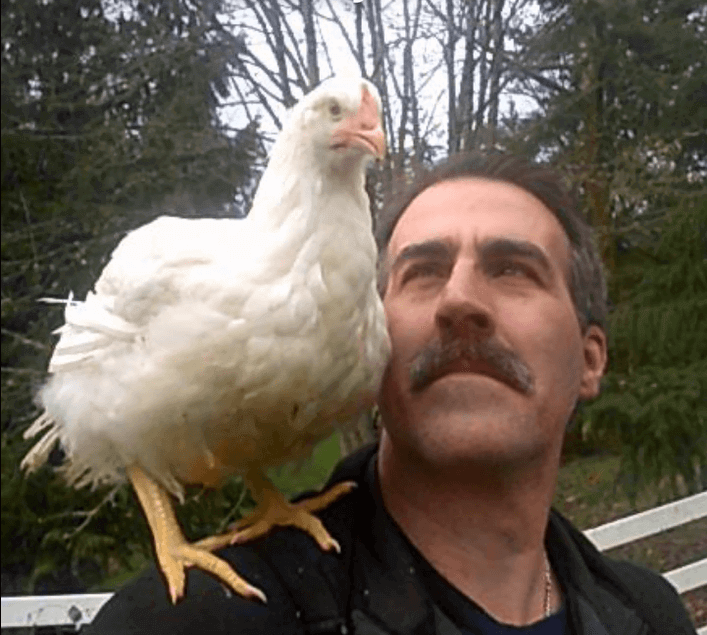
EXTENSION ACTIVITY
Read “A Chicken’s Life” with your students so they can learn interesting facts about chickens, why they need our help, and easy ways to help them.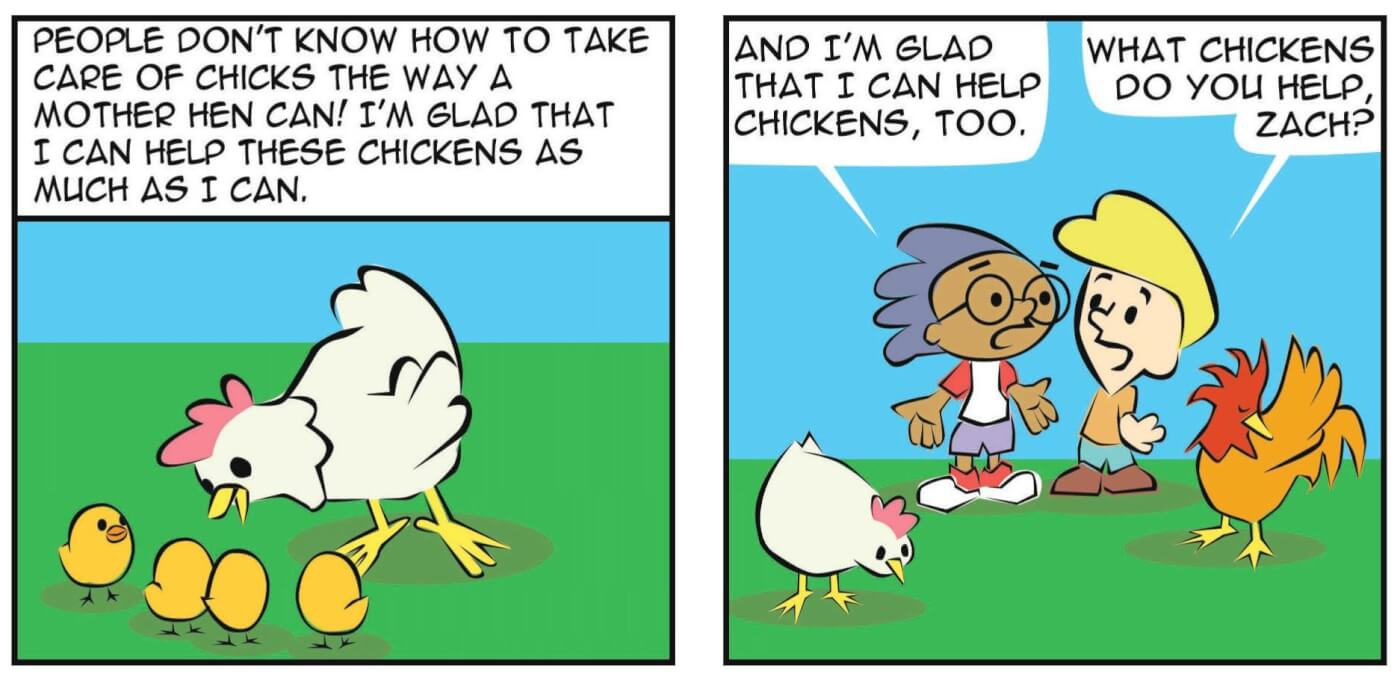
ADDITIONAL RESOURCES
Take a look at the easy-to-use Chick It Out smartphone app, which can turn a classroom table into an observation deck for a virtual chick through the power of augmented reality with 360-degree viewing. Watch the growth of a chick starting within the egg on day one all the way through day 21, when they hatch.
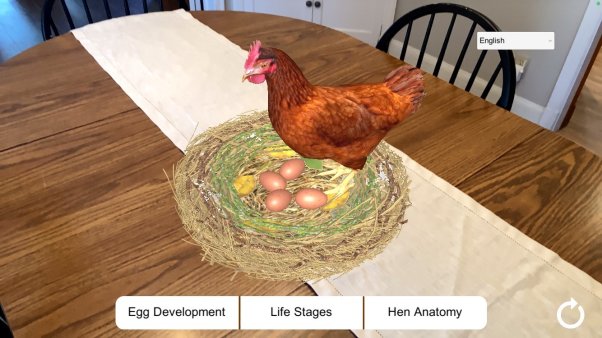
*****
Learning about the life cycle of a chicken and other animals can help your students explore scientific concepts and address NGSS, but hatching experiments that use live chicks in the classroom don’t model kind practices for young learners. With the alternative chick-hatching projects above, students can gain an understanding of how an embryo grows into a chick while also developing empathy for chickens—realizing that these individuals deserve to live with their families, who know best how to care for them.
If you’d like to learn more about the various resources that TeachKind has to offer, sign up for our newsletter using the form below.
By submitting this form, you’re acknowledging that you have read and agree to our privacy policy and agree to receive e-mails from us.





